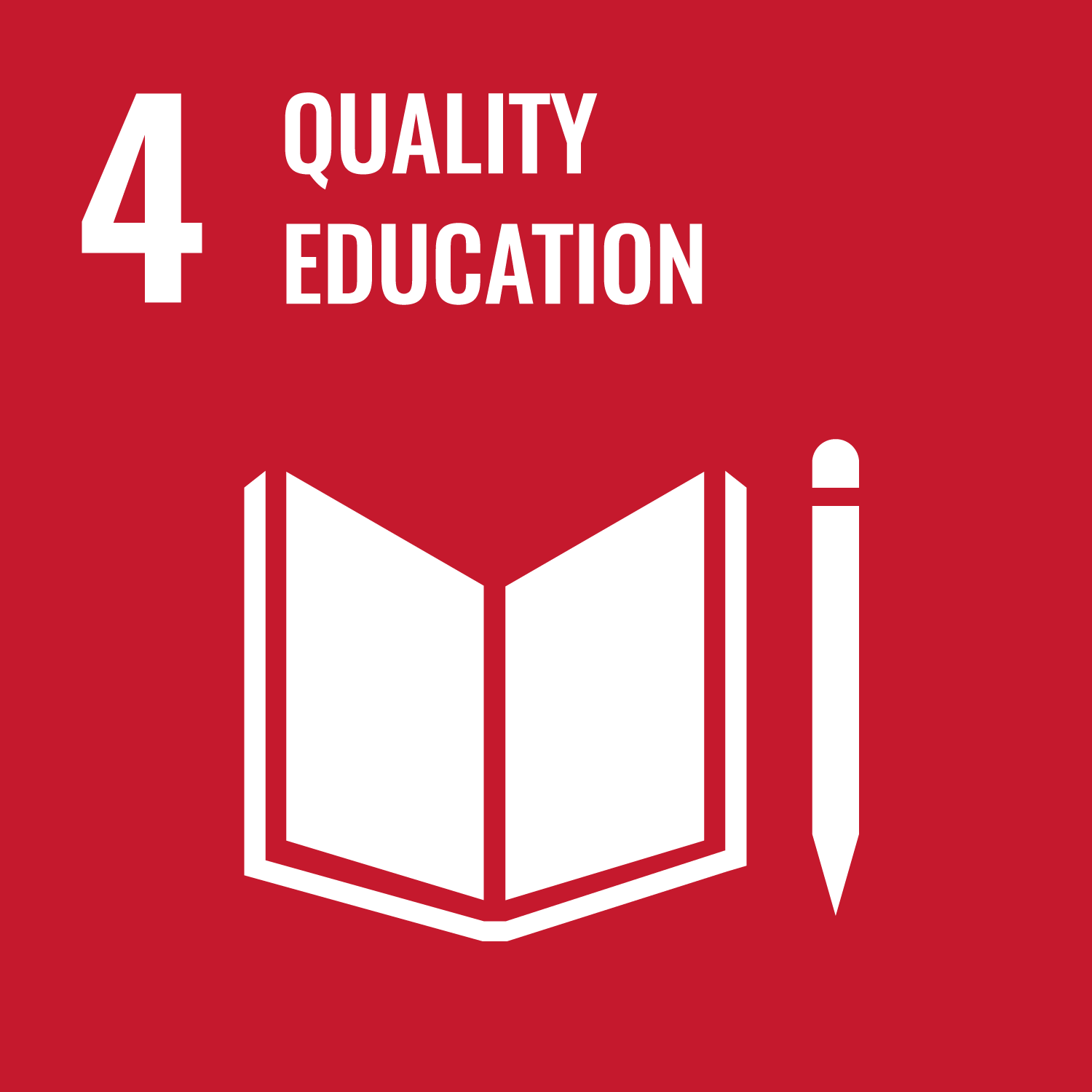ORCID
- Daniela Oehring: 0000-0003-2954-0548
Abstract
Purpose. Advancements in eye and vision care hinge on therigorous application of research and the precise interpretationof clinical data. However, the field of Eye and Vision Research(EVR) frequently encounters research waste attributed tomethodological flaws and improper statistical analyses, un-dermining the validity of studies and inefficiently utilisingsubstantial financial resources. This paper, the first instalmentin the series “Advancing Statistical Literacy in Eye Care: A Se-ries for Enhanced Clinical Decision-Making,” aims to addressthese challenges by enhancing the statistical literacy of eyecare professionals.Material and Methods. Through a comprehensive narrativeliterature review and the generation of simulated clinicaldatasets, this study identifies essential statistical concepts,common pitfalls, and best practices pertinent to EVR. Theliterature review used multiple databases, including PubMed,Scopus, and Web of Science, focusing on peer-reviewedarticles and professional textbooks relevant to statisticalmethodologies. Simulated datasets reflecting realistic clin-ical measurements, such as pupil diameter, refractive error,central corneal thickness, and intraocular pressure, werecreated using Python to illustrate key statistical principlesand their applications.Results. The paper explores fundamental statistical con-cepts, including data types (nominal, ordinal, metric), datapreparation techniques, handling missing data and outliers,and applying descriptive statistics. Additionally, it exploresdata distribution characteristics, normality assessment, anddata transformation methods to ensure robust and reliablestatistical analyses. By bridging theoretical knowledge withpractical examples, this instalment seeks to equip eye careprofessionals with the tools to critically evaluate research,integrate evidence-based practices, and contribute mean-ingfully to the scientific community.Conclusion. This study establishes a foundational frameworkto enhance statistical literacy among eye care professionalsby exploring essential statistical concepts and best practicesin EVR. By addressing common methodological flaws and im-proper analyses, it aims to reduce research waste and improvethe validity of studies. Ultimately, this initiative is expectedto promote more accurate data interpretation, better clinicaldecision-making, and improved patient care in the field ofeye and vision health.
DOI Link
Publication Date
2024-12-31
Publication Title
Optometry & Contact Lenses
Volume
5
Issue
1
ISSN
2748-8217
Acceptance Date
2024-11-28
Deposit Date
2025-01-16
Keywords
Statistical Literacy, Eye Care, Clinical Decision-Making, Eye and Vision Research, Descriptive Statistics, Data Analysis, Research Methodology
First Page
1
Last Page
1
Recommended Citation
Oehring, D., & Serra, P. (2024) 'Advancing Statistical Literacy in Eye Care: A Series for Enhanced Clinical Decision-Making: Part 1: Introduction to Statistical Tools for Eye Care Research', Optometry & Contact Lenses, 5(1), pp. 1-1. Available at: 10.54352/dozv.JEKY2435


